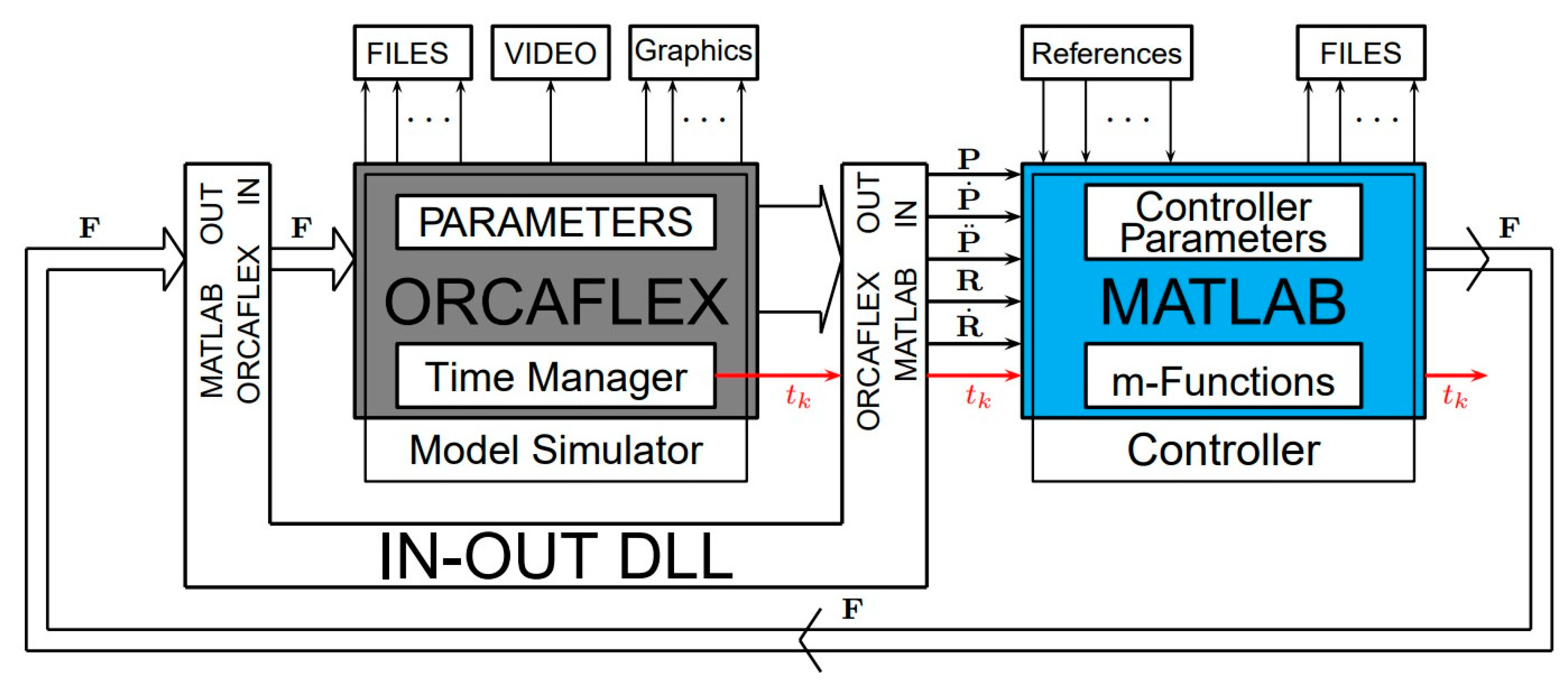
Namecoordinate variables Jonathan Gregory (jmgregorymeto.gov.uk)Wed, 14:35:14 +0100 (BST) Messages sorted by: thread author Next message: John Caron: 'Re: netCDF Conventions' Previous message: Gary Granger: 'Re: Coordinate Systems Proposals' Our proposed netCDF conventions for climate data (GDTGregory, Drach and Tett) did not include any Coordinate with clients regarding to integrity assessment technical issue. 6D buoys can have wings attached, each with its own wing type, while turbine blades are made up of a number of segments, each of which has its own wing type. Stated more formally, the forward kinematics problem is to determine the position OrcaWave uses a number of frames of reference, each of which consists of a reference origin and a set of axes directions, to represent different coordinate.Both 6D buoys and wind turbines can use wing type data. The forward kinematics problem is concerned with the relationship between the individual joints of the robot manipulator and the position and orientation of the tool or end-eector. CONVENTION In this chapter we develop the forward or conguration kinematic equa-tions for rigid robots.
Orcaflex Coordinate Convension Manual Orcina Ltd
Almost all of the WAMIT data (with momentum-conservation QTFs being the sole exception) have their reference origin at WAMITs vessel origin.OrcaFlex deduces the position of this WAMIT vessel origin, relative to OrcaFlexs vessel The properties of each wing type are represented by a table of lift, drag and moment coefficients as a function of the incidence angle of the flow relative to the wing.w 1 OrcaFlex Manual Orcina Ltd. CoefficientsYou must ensure that the vessel type centre of gravity coordinates are set appropriately in OrcaFlex before importing WAMIT data. Software used: Orcaflex.Used to refer to the wing type.
Linear interpolation is used to obtain coefficients for angles between the values given. Incidence angleThe incidence angle $\alpha$ is that which the relative flow vector makes with the wing surface. 6 THEORY 1416.1 Coordinate Systems 1416.2 Direction Conventions 1426.3 Object.The graph button displays these coefficients graphically, so that you can easily check your data visually.
In the case of buoys, the wing type pen controls which pen is used to draw wings of this type. Turbines have their own drawing data. DrawingThe drawing data apply only to wings attached to buoys. See the separate topics for buoys and turbines for the details of the load equations in each case. Lift, drag and moment coefficientsThese coefficients of lift $(\CL)$, drag $(\CD)$, and moment $(\C)$ define the hydrodynamic and aerodynamic loads applied to the wing for each given incidence angle $\alpha$.
All directions are scaled equally such that the longest side in the drawing is drawn to the given draw size. Obj) allows you to scale the drawing. This can be one of the following formats:If you use a relative path then the path will be taken as relative to the folder containing the OrcaFlex file.The browse button allows you to access the shaded drawing file quickly and also gives you a navigate to Orcina sample drawings button, which provides quick access to the Orcina sample drawings installed with OrcaFlex.Draw size (.x. Shaded drawingBy default, for shaded 3D views, wings on 6D buoys are drawn as plates with the specified span and chord.Alternatively the object can be represented by an imported 3D model by specifying the shaded drawing file. Use wing pen allows you to define a different pen for all wings of this type.
When enabled, only faces towards the viewer are drawn. Obj) option enables an optimisation that may provide a useful performance benefit. Examples of this can be found in the sample shaded drawings provided by Orcina.The culling mode (.x. If these coordinates use a different length unit from your OrcaFlex model, then you should define them in an auxiliary file called AdditionalInformation.txt. Note:If you use a value of '~' for draw size, then OrcaFlex uses the coordinates in the drawing file directly, taking them to be in the prevailing OrcaFlex units. The longest side is the length of the longest side of this cuboid.Set draw size to '~' to display the drawing using the absolute coordinates as specified in the drawing file.

It may not be possible to detect the axis convention from the drawing vertices, so this option allows you to adjust the rendering so the model appears correctly. OrcaFlex assumes that an imported drawing file uses left-handed drawing axes, but this might not be the case. This may be required if the original drawing axes convention does not match that assumed by OrcaFlex. Note that the axes refer to the 3D drawing axes rather than the OrcaFlex axes.

Similarly shaded drawing orientation allows you to reorient the shaded drawing to match the wing's axis system.


 0 kommentar(er)
0 kommentar(er)
